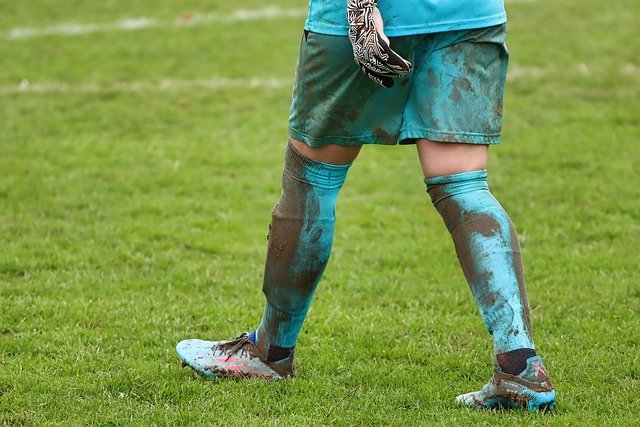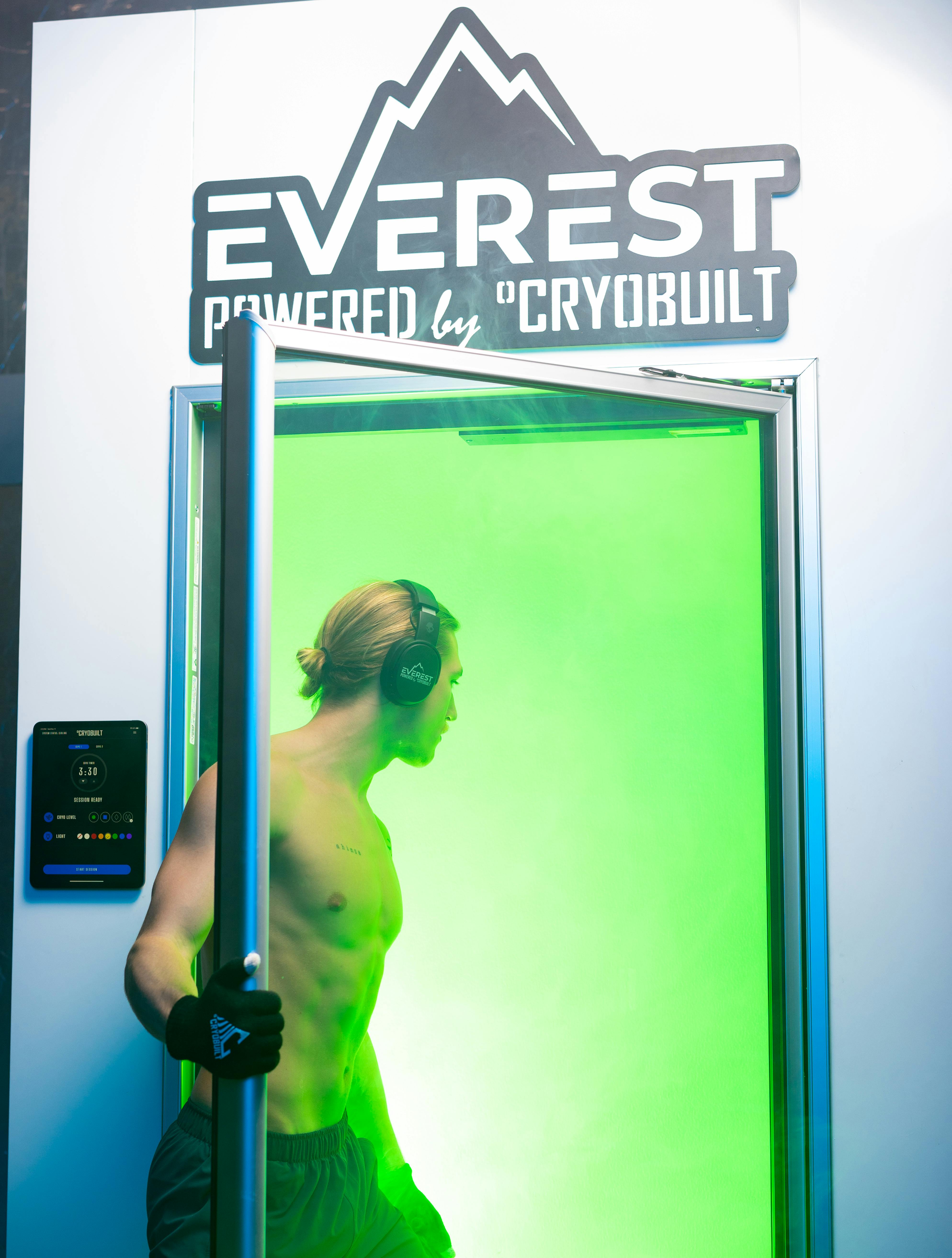Breaking Boundaries: The Remarkable Rise of Adaptive Athletes in Competitive Sports
The world of sports is a dynamic, ever-evolving landscape that thrives on innovation, tenacity, and the indomitable human spirit. One of the most inspiring developments in recent years is the increase in participation and recognition of adaptive athletes. These exceptional individuals, who compete at high levels despite physical disabilities, are changing the face of sports, breaking boundaries, and redefining what is possible.

The New Champions: Understanding Adaptive Sports
Adaptive sports, also known as disability sports or parasports, have a rich history that dates back to World War II. They were initially designed as rehabilitation programs for injured veterans but quickly evolved into competitive sports. Today, adaptive sports include a broad range of disciplines, from wheelchair basketball to adaptive surfing, each with its unique rules and modifications to accommodate athletes with various disabilities.
Current Landscape and Growth
The recognition and popularity of adaptive sports have significantly increased over the past few decades. The Paralympic Games, the most prestigious event for adaptive athletes, has seen a steady rise in the number of participants and viewership. This growth reflects a broader societal shift towards greater inclusivity and recognition of the abilities of people with disabilities.
Expert Insights: The Science Behind Adaptive Sports
Adaptive sports, like all sports, require a high level of physical and mental prowess. They demand strength, endurance, agility, and strategic thinking. However, adaptive athletes often face unique challenges that require specialized training methods. For example, wheelchair racers need to develop exceptional upper body strength and fine motor control. Sports scientists and coaches are continually developing new training techniques to help adaptive athletes optimize their performance.
The Power of Sport: Benefits and Real-World Applications
Adaptive sports offer numerous benefits for athletes with disabilities. Beyond the physical benefits of regular exercise, these sports provide opportunities for social interaction, personal growth, and community engagement. They also play a crucial role in challenging societal perceptions about disability, demonstrating that physical impairments do not limit an individual’s ability to excel in sports.
The Future of Adaptive Sports: Challenges and Opportunities
Despite the progress made in adaptive sports, challenges remain. These include limited funding, lack of awareness, and inadequate training facilities. However, the future looks promising. The growing visibility and success of adaptive athletes are inspiring change at all levels, from grassroots initiatives to global sports policies.
This article aims to shed light on the remarkable rise of adaptive athletes in competitive sports. Their journey is a testament to the power of the human spirit and the transformative role of sports in society. Their stories inspire us to push our own boundaries and redefine the limits of what is possible.





